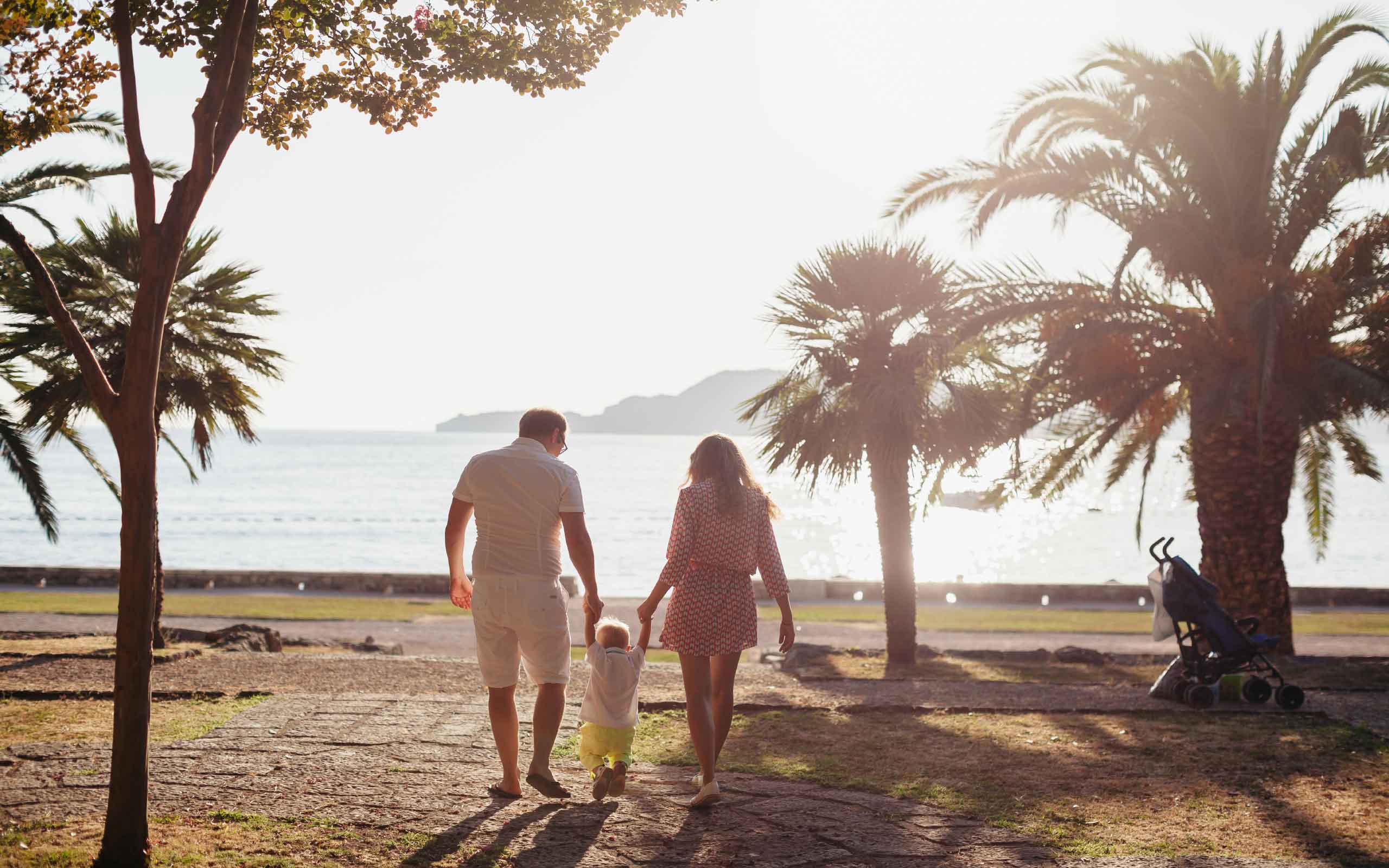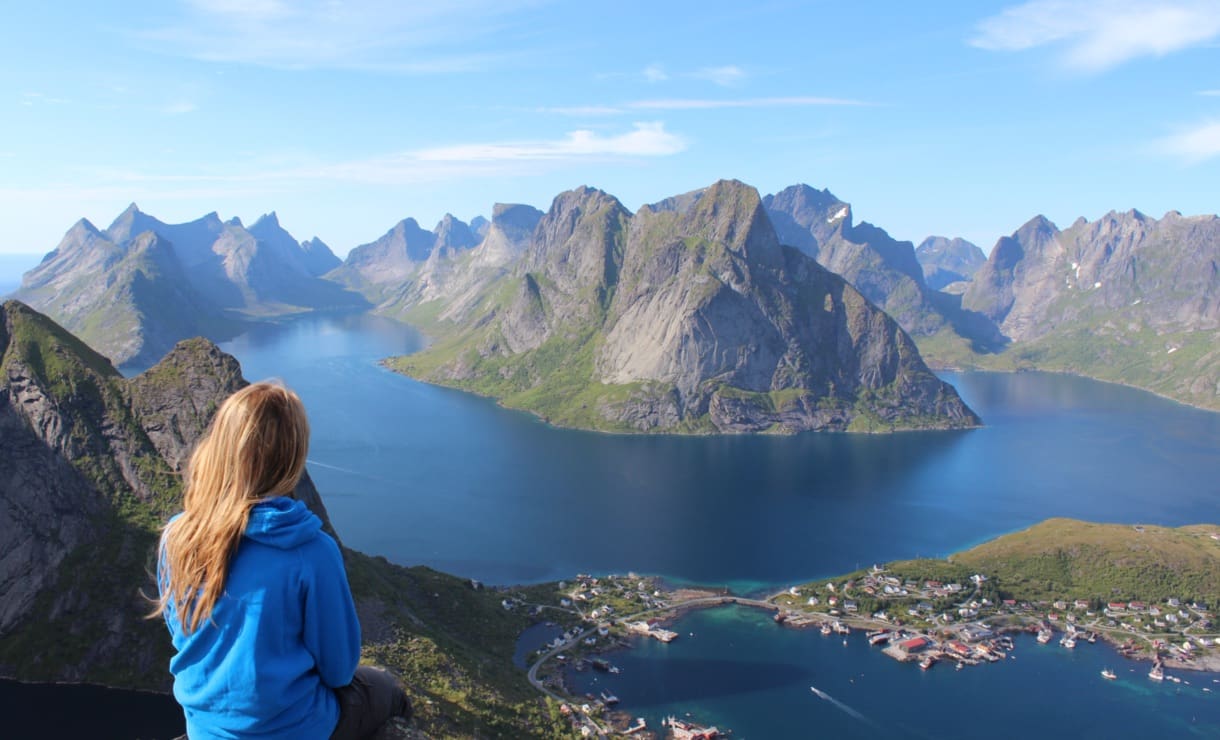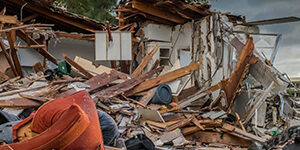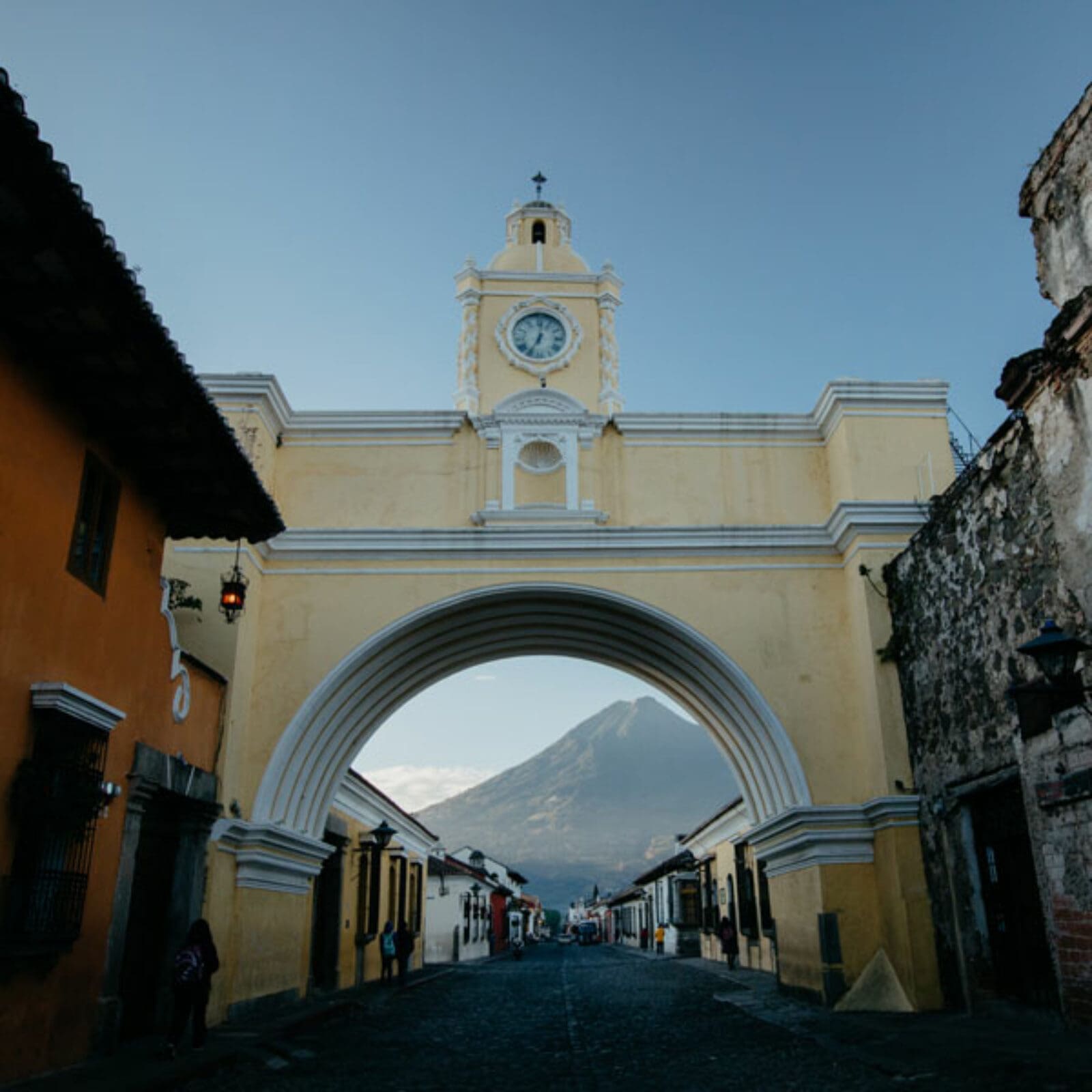There wasn’t much to the house, or at least in the context of what I’ve known a house to be. Crooked wood paneling, tin roofing, and concrete floors, with a pink gauzey curtain for a door, the home leaned on its neighbors for support. It had been a bit of a hike to get here, descending into a ravine of cinderblock houses, greasy black trees dripping with electrical lines, and an oppressive stench that rose from the murky water streaming down the concrete path. I peered behind the curtain, and saw flies buzzing around in the darkness.
It was the second day of ministry with Mission of Hope. We partner with local churches to do Strategic Ministry Time (SMT) which consists of gathering data from the community in Santiago. Our days are spent doing house visits, getting to know the families, asking them questions about themselves and their living situations. Questions like,
– what kind of house do they live in?
– where do they go to church?
– how many members belong to the household?
– do their children go to church?
– do they have running water?
– and do they have a place to go to the bathroom?
are critical for Mission of Hope to know so that they can most efficiently deploy their resources to serve the city. In addition to gathering information, we also have been asked to engage in spiritual conversations with the locals. What would be the use of meeting their physical needs without showing them where the fountain of life and peace can be found? It would be like pouring cold water over a festering wound. It is helpful, but only to a certain extent. The medicine heals the wound, and the medicine, in this case, is Christ.
A man brought out chairs and buckets for us to sit on while we spoke to him. Our translator, Christian, transformed our frail English into the mysterious syllables of Creole. Coming here, I was excited to be able to whip out my extensive Spanish knowledge (just kidding, I have very limited conversational abilities in Spanish) but most of the families we interacted with spoke Creole, the language of Haiti. The Dominican Republic is home to a large population of Haitian refugees. Because of the unrest and instability of Haiti, many people have immigrated to the other side of this small island looking for a better life, only to find persecution, poverty, and unfamiliarity. All of the families I have spoken to have left family behind, and none of them wish to remain in the DR for long.
The conversation lasted an hour and a half, mostly consisting of pauses and translations. We were able to share our testimonies and encourage him to attend our ministry partner’s church. Our goal is to always advance the local church, not ourselves, the World Race, or even Mission of Hope. Depending on the day, our team will visit three houses in the morning and three in the afternoon. We always end with prayer, thanking the Father for putting them on this earth, asking for protection over them and their family, and blessing them in their endeavors. Many of these people I will never see again, but for a short hour our lives intersected, our timelines became tangled together, and so we thank God for that too.
As we hiked back up the crooked alleyway, hopping over tepid puddles, and dodging stray dogs, cats, and chickens, the scene that I just played a part in rewound through my head. Maybe the man forgot us as soon as we left, or maybe he would allow our words to marinate his mind for a few weeks. Maybe he would go to church the next Sunday, hoping for another glimpse of light and hope. I pray that he saw more than 5 American women stumbling over their words. I hope he saw God.







